(Paris 1883 - Paris 1954)
The dead end Jasmin
Gouache, graphite and watercolor on paper
H. 38 cm ; L. 26 cm
Signed lower left and located
Provenance: Private collection, Périgueux
Born in Paris in 1883, Paul Roblin began in the Arts by following the courses of Germain Pilon where he learned techniques related to industrial design. It was after this training that he worked for the Daltrof factory, near Saint-Quentin in the Aisne, for which he created models of lace and embroidery. In 1907, Roblin married Lucie Vion, a young Parisian schoolteacher whose mother ran a small bookstore on Boulevard Saint-Michel. In 1910, an only son was born, Michel, who will continue in the literary way. Despite an exemption from military service, he was incorporated into the 282nd IR in the first days of the fighting in 1914, and did not return to civilian life until 1919. During this period of war, the artist obviously remained on the lookout and produced numerous works from behind the front lines or in the calm of the trenches between battles. Many of his drawings will be published in Le Monde Illustré, or l'Illustration. Shortly before the war, the couple had settled in Châtillon where Lucie took a post of teacher until her retirement in 1937. It was therefore in the south of Paris that Paul Roblin returned from this world conflict at thirty-six. years. At this time, the small town of Châtillon was teeming with artists, many of whom met on enemy lines. Roblin worked alongside the Lachenals and the ceramicist Brozzetti aka Louis Bros. He will design furniture or ironworkers for other artists who will make them. Some woodcuts will emerge from the painter's watercolors to illustrate a work by Paul Huisman entitled "From Saint Séverin to Saint Julien the Poor". In the twenties, he founded with Ludovic Leblanc a small stained glass factory, within the family house. Roblin painted on glass rather than making classic stained glass windows, for the sake of speed and cost. These pieces are mainly intended for churches in the north of France, devastated by the conflicts. This adventure only lasted a very short time, their creators not having succeeded in finding solutions to avoid the breakage of the stained glass windows during transport ... Paul Roblin then devoted himself only to painting by using different techniques (watercolors, gouaches, oils, charcoals or mixed media), as different supports. The artist shines around Paris, creating landscapes of the region, but takes advantage of vacations to discover a large number of places in France, like the Dordogne during the 1930s.
During his summer stay in Périgueux, after having passed on the Clautre and having immortalized the cathedral and the surrounding life, Roblin descends towards Isle and finds himself in the district of Rues Neuves, unfortunately destroyed by a bad idea of town planning in the 1960s. impasse Jasmin which was located in a small square of houses on the site of the current Place de la Gaieté. This short street is seen here from the west towards Isle and the old place Mauvard on which the dead end had its “source”.


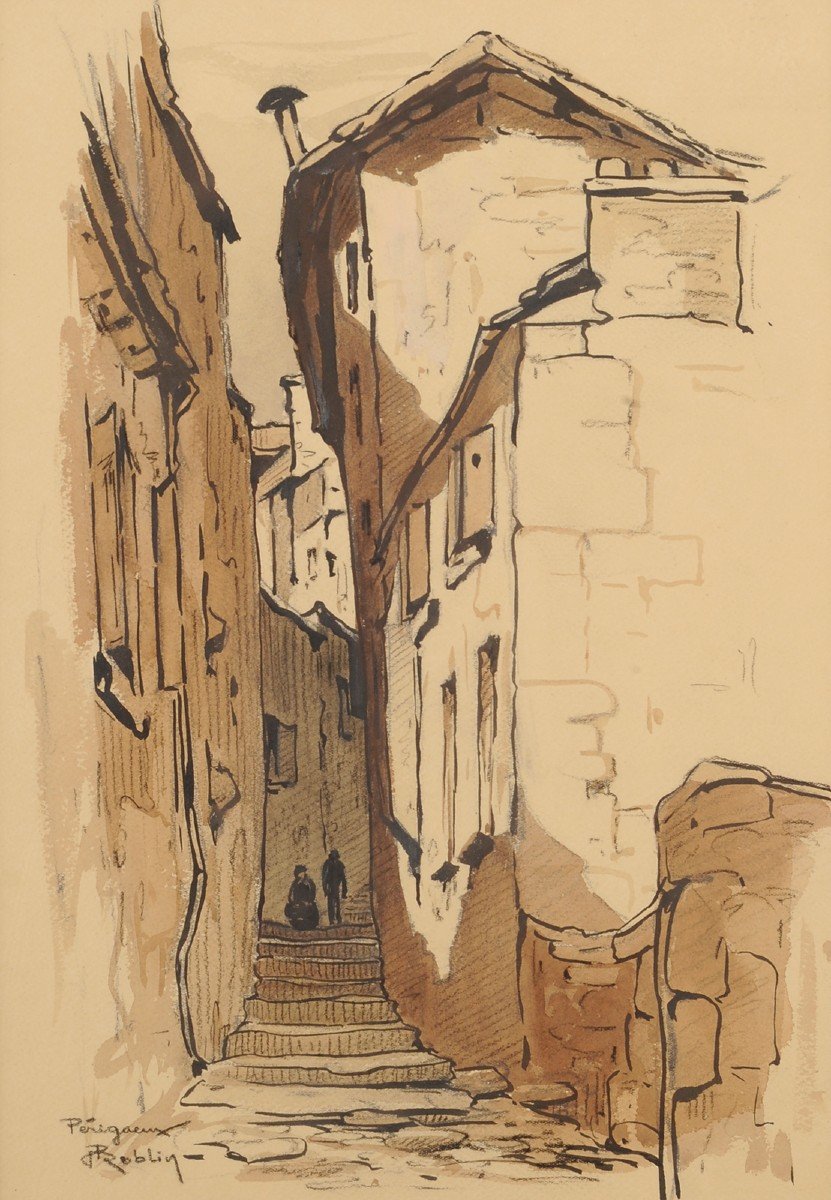
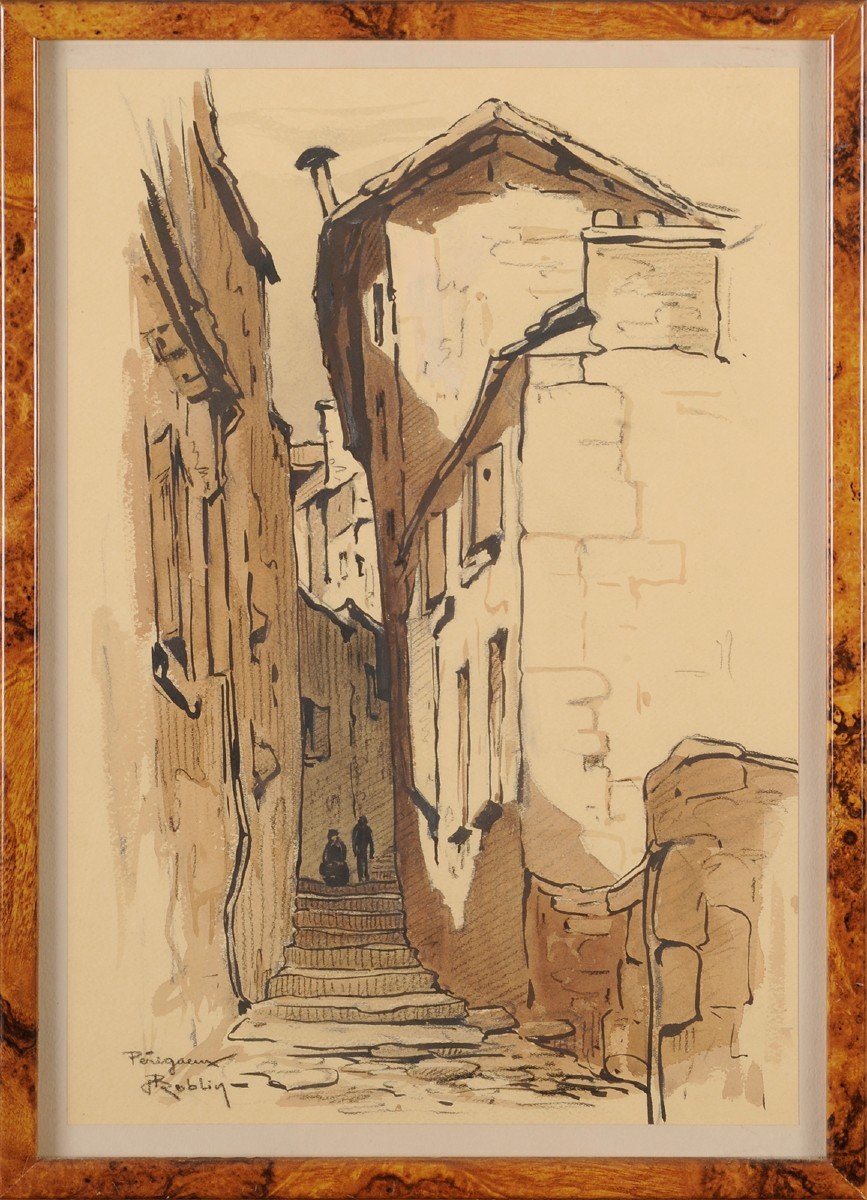
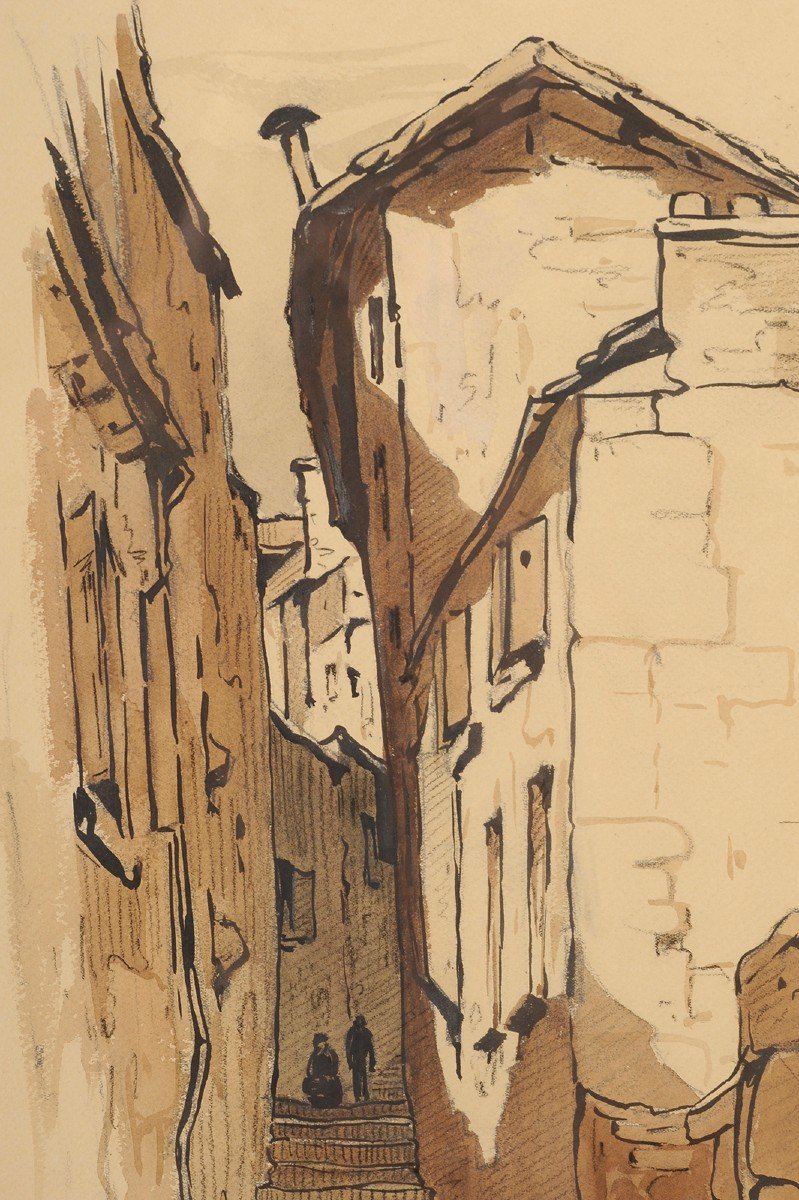
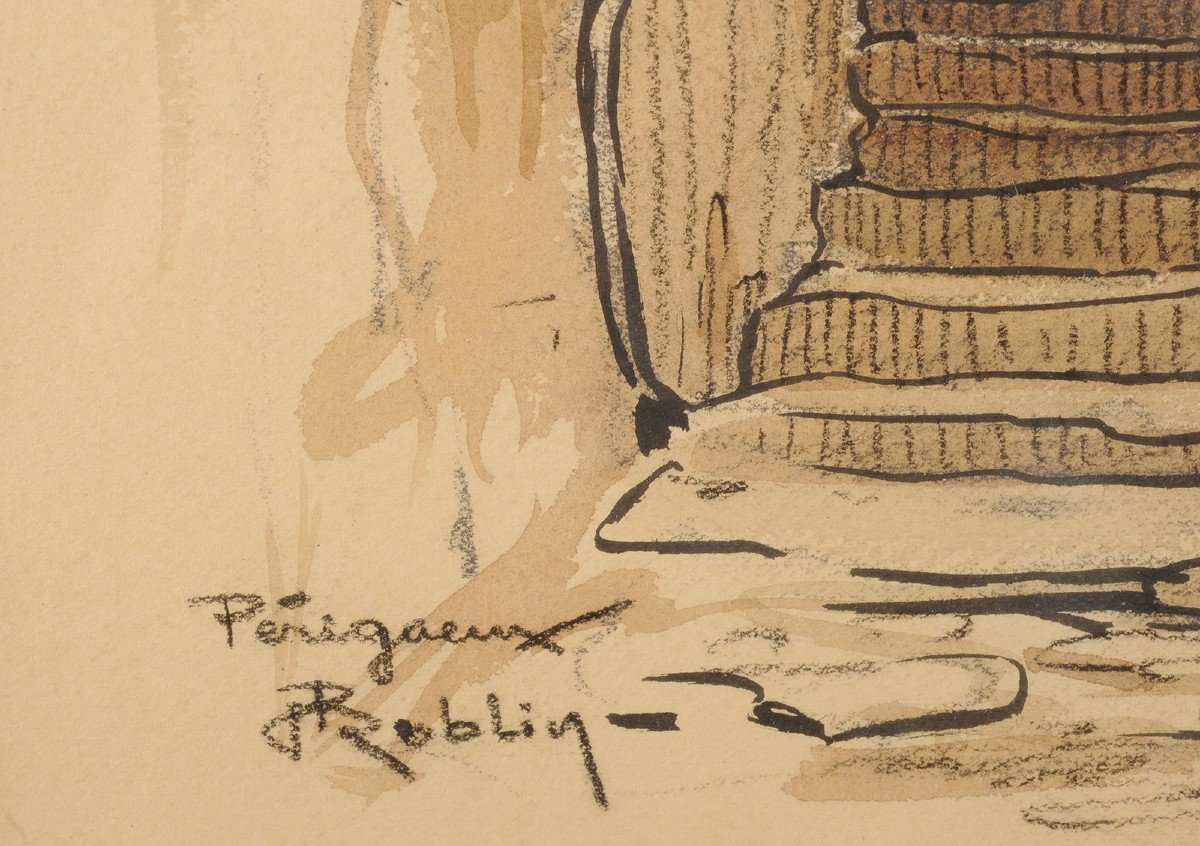





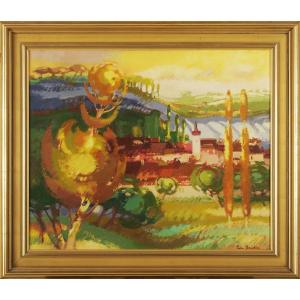

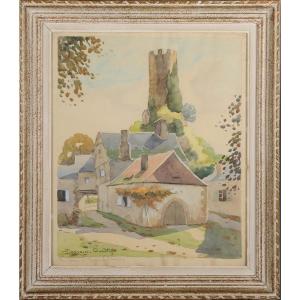


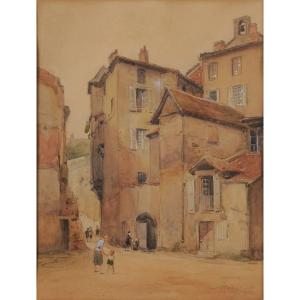





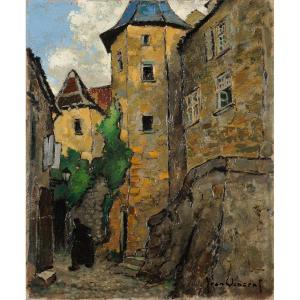

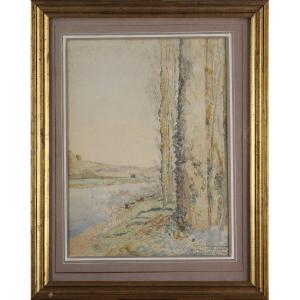


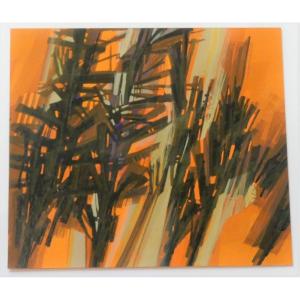


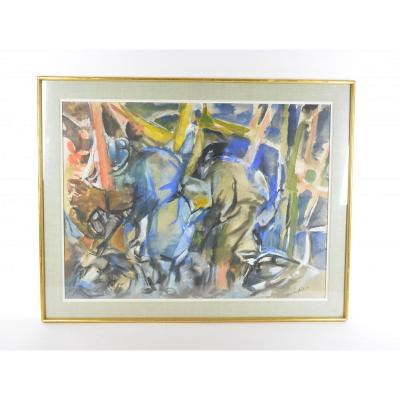



 Le Magazine de PROANTIC
Le Magazine de PROANTIC TRÉSORS Magazine
TRÉSORS Magazine Rivista Artiquariato
Rivista Artiquariato